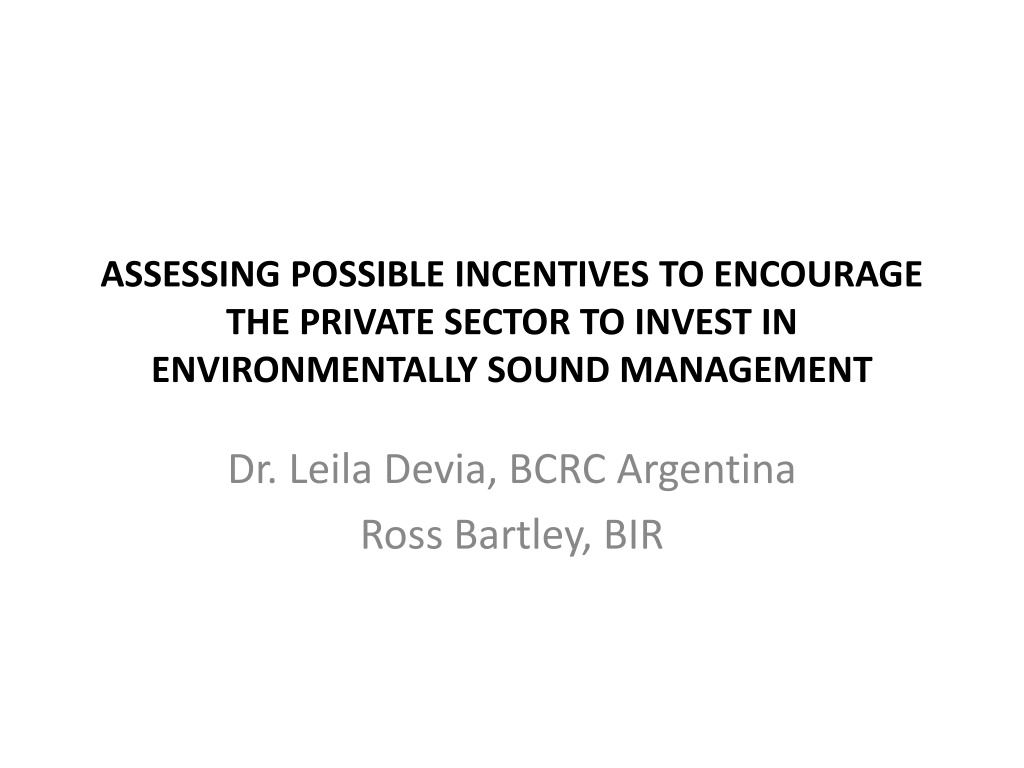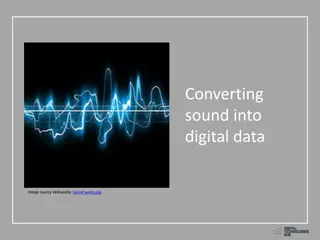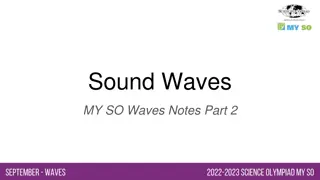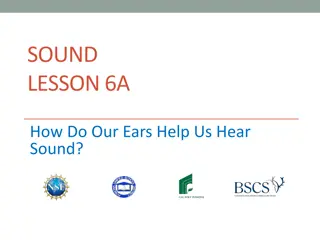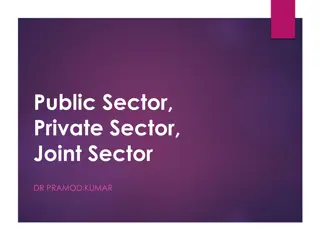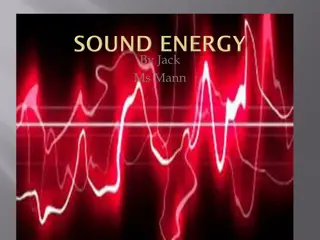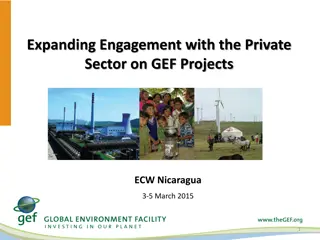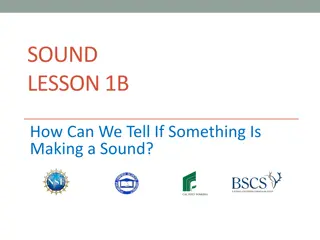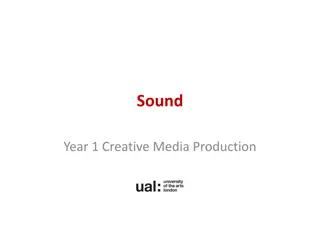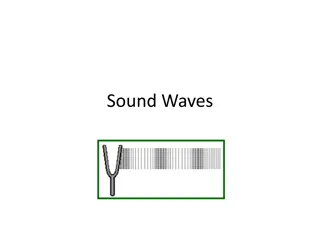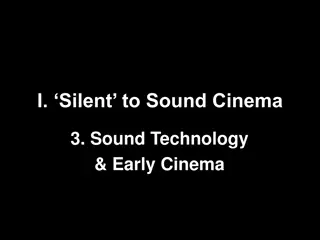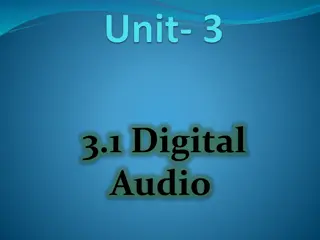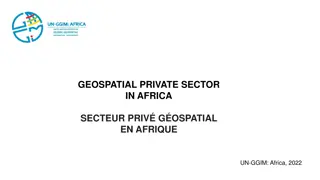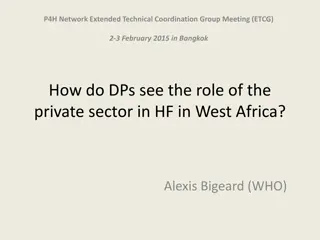Strategies for Private Sector Investment in Environmentally Sound Management
Assessing possible incentives to encourage private sector investment in environmentally sound management involves understanding and implementing frameworks, tools, and strategies. These include economic and non-economic incentives, recognition programs, funding measures, and policies that internalize environmental costs. Collaborating with key stakeholders, such as governments, is crucial for fostering infrastructure development and achieving sustainable waste management goals.
Download Presentation

Please find below an Image/Link to download the presentation.
The content on the website is provided AS IS for your information and personal use only. It may not be sold, licensed, or shared on other websites without obtaining consent from the author. Download presentation by click this link. If you encounter any issues during the download, it is possible that the publisher has removed the file from their server.
E N D
Presentation Transcript
ASSESSING POSSIBLE INCENTIVES TO ENCOURAGE THE PRIVATE SECTOR TO INVEST IN ENVIRONMENTALLY SOUND MANAGEMENT Dr. Leila Devia, BCRC Argentina Ross Bartley, BIR
Brief Annex II to decision BC-11/1 (para.1, bullet 5) Assess possible incentives to encourage the private sector to invest in ESM Ref: UNEP/CHW/CLI_EWG.3/INF/12 Compilation of information on private sector incentives
ESM Framework incentives V. Framework for the environmentally sound management of hazardous wastes and other wastes ------------------------------------------------------ A. A common understanding of what environmentally sound management encompasses In order to ensure that wastes are managed in an environmentally sound manner, it is necessary to: ... 14(e) Have a system that incentivizes compliance; 15. ESM of wastes requires the development and implementation of a system of policies, legislation and regulations, monitoring and enforcement, incentives and penalties, technologies and other tools in which all key stakeholders participate and cooperate... -----------------------------------------------------
ESM Framework incentives V. Framework for the environmentally sound management of hazardous wastes and other wastes ------------------------------------------------------ B. Tools to support and promote the implementation of environmentally sound management ...incentive schemes... (h) Economic and non-economic incentives: (i) Price incentives to promote and stimulate sorting at source; (ii) Relief measures for facilities, such as reduced tax for a certain period, extension of a licensing period for an ESM facility, or other measures that reduce procedural or administrative burdens; (iii) Recognition or award. ----------------------------------------------------- C. Strategies to implement environmentally sound management 19.(f) and (i) ...measures in place to support ESM ...funding to achieve ESM
ESM Framework incentives VI. Role of key stakeholders ----------------------------------------------------- A. Governments 26.(a)(iii) Incorporates a policy to move towards internalization of environmental and human health costs and benefits in waste management; See footnote 11 26.(b)(vi) Provision of incentives (e.g., economic incentives, regulatory relief measures such as fewer inspections, taxes, etc.) for facilities which adopt improvements going beyond the minimum performance elements outlined for the achievement of ESM at the facility level. Such measures could increase recycling and recovery rates, optimize resource productivity and minimize generation of waste residuals after recovery processes.
ESM Framework incentives VI. Role of key stakeholders ----------------------------------------------------- A. Governments 26.(c) Provide incentives to foster the development of infrastructure for relevant waste management technologies and facilities that support the leading elements of the waste management hierarchy and ESM such as waste prevention, including: ... (ii) Incentives to recognize environmental stewardship in the private sector and foster the development of voluntary certification programmes, consistent with the Basel Convention and other applicable international rules, relevant decisions of its Conference of the Parties, technical guidelines, relevant national implementing legislation, regulations and other measures; 26.(g) (g) Ensure adequate investment in waste management infrastructure and ESM of wastes at a national level: ... (ii) Incentivize waste generators and waste management facilities to practice ESM through regulation, pricing structures and penalties;
ESM Framework incentives ------------------------------------------------ VIII. Indicators for the verification of performance 44. Indicators to measure progress at Government level may include: (c) Schemes at the national or regional level to foster continual improvement within the waste management sector, including measures to ensure facilities operate according to appropriate BAT and BEP, encourage information exchange, provide incentives and implement the relevant technical guidance and guidelines adopted by the Basel Convention;
Discussion Need to edit down document (previous slides show a way) Conclusions? - Add case studies e.g. Economic studies from universities - Adopted Technical Guidelines - Proposal to add into each Guideline concerning Waste Management Facility Operations a Checklist so that Facilities may be Audited according to the Guideline References Edit to remove individual links refer to website page
